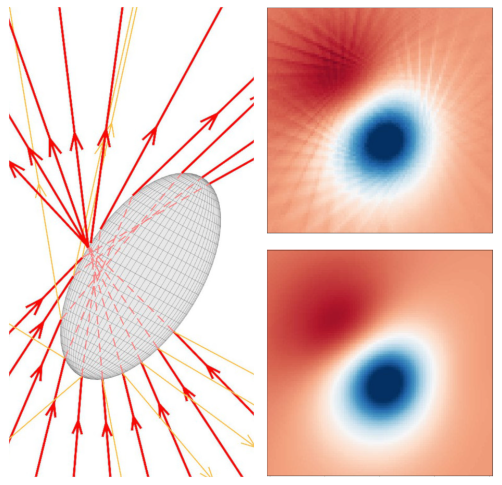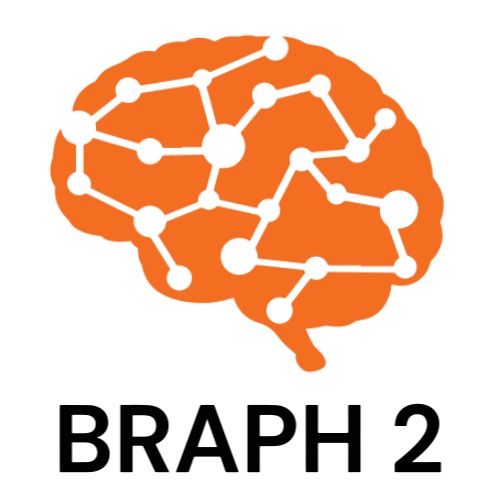
David Bronte Ciriza, Alessandro Magazzù, Agnese Callegari, Gunther Barbosa, Antonio A. R. Neves, Maria Antonia Iatì, Giovanni Volpe, and Onofrio M. Maragò
SPIE-ETAI, San Diego, CA, USA, 3 – 7 August 2025
Date: 4 August 2025
Time: 5:30 PM – 7:30 PM PDT
Place: Conv. Ctr. Exhibit Hall A
Presenter: Giovanni Volpe
Contribution submitted by Agnese Callegari
Light can trap and manipulate microscopic objects through optical forces and torques, as seen in optical tweezers. Predicting these forces is crucial for experiments and setup design. This study focuses on the geometrical optics regime, which applies to particles much larger than the light’s wavelength. In this model, a beam is represented by discrete rays that undergo multiple reflections and refractions, transferring momentum and angular momentum. However, the choice of ray discretization affects the balance between computational speed and accuracy. We demonstrate that neural networks overcome this limitation, enabling faster and even more precise simulations. Using an optically trapped spherical particle with an analytical solution as a benchmark, we validate our method and apply it to study complex systems that would otherwise be computationally hard.
Reference
David Bronte Ciriza, Alessandro Magazzù, Agnese Callegari, Gunther Barbosa, Antonio A. R. Neves, Maria A. Iatì, Giovanni Volpe, Onofrio M. Maragò, Faster and more accurate geometrical-optics optical force calculation using neural networks, ACS Photonics 10, 234–241 (2023)












